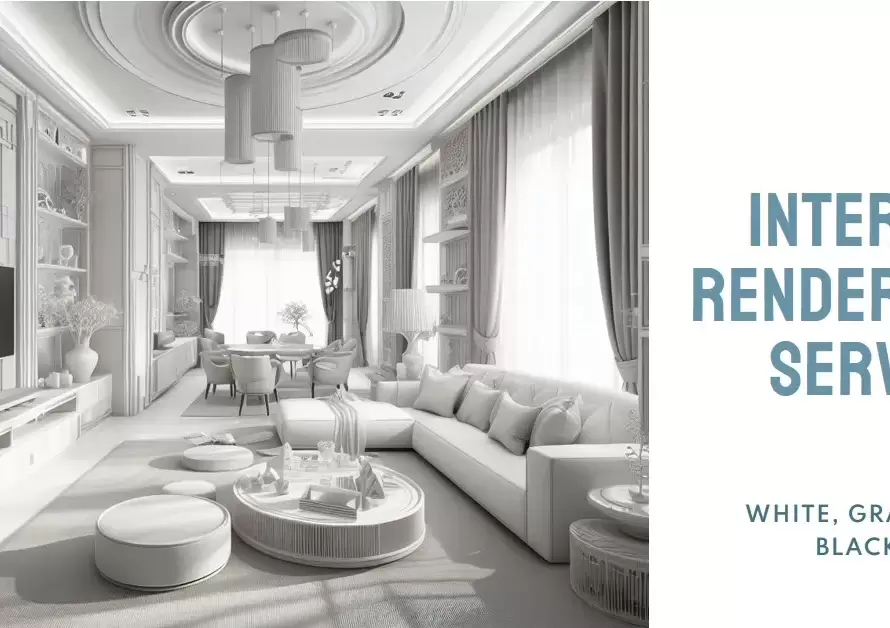
Table of Contents
- Introduction (Interior Design)
- Understanding the Basics: Hourly Rates
- Fixed Fees: Predictability and Precision
- Cost-Plus Pricing: Transparency in Material Costs
- Percentage of Project Cost: Aligning Interests
- Retainer Fees: Ensuring Commitment
- Value-Based Pricing: Reflecting Quality and Expertise
- Package Pricing: Simplifying Choices
- Hybrid Models: Combining Strategies for Flexibility
- Conclusion: Choosing the Right Strategy
Introduction (Interior Design)
In the intricate world of interior design, pricing strategies can often appear as complex as the creative process itself. Understanding how interior designers charge for their services is crucial for both designers and clients. This comprehensive guide will demystify the various pricing models, helping designers to establish clear and effective pricing strategies while ensuring clients know what to expect.
Understanding the Basics: Hourly Rates
Interior designers frequently use hourly rates as a straightforward and transparent pricing strategy. This method involves charging clients for the actual time spent working on their project.
The hourly rate can vary significantly based on factors such as the designer’s experience, the complexity of the project, and the geographical location. Experienced designers in metropolitan areas often command higher rates, reflecting their expertise and the higher cost of living. Conversely, new designers or those in smaller markets might charge less as they build their portfolio and client base.
Fixed Fees: Predictability and Precision
Another common pricing strategy is the fixed fee model. This approach involves setting a flat rate for the entire project, providing clients with a clear understanding of the total cost upfront.
Fixed fees are particularly advantageous for large-scale projects or those with a well-defined scope. They eliminate the uncertainty of fluctuating costs and can enhance client trust. However, designers must carefully estimate the time and resources required to avoid underpricing their services. Detailed project planning and clear communication with clients are essential to the success of this pricing model.
Cost-Plus Pricing: Transparency in Material Costs
Cost-plus pricing is a method where designers charge a markup on the materials and furnishings they purchase for a project. This markup typically ranges from 10% to 30%, depending on the designer’s business model and agreements with suppliers.
This strategy ensures that designers are compensated for their time spent sourcing and procuring items, while also covering the administrative aspects of managing orders and deliveries. Clients benefit from transparency in material costs and often appreciate the designer’s ability to secure trade discounts, which can partially offset the markup.
Percentage of Project Cost: Aligning Interests
Charging a percentage of the total project cost is another effective strategy. In this model, designers receive a fee that is a percentage of the overall budget, typically ranging from 10% to 20%.
This approach aligns the designer’s interests with those of the client, as both parties benefit from a well-executed and efficiently managed project. However, designers must ensure that the scope and budget are clearly defined at the outset to avoid misunderstandings. Regular updates and open communication are key to maintaining client trust and satisfaction throughout the project.


Retainer Fees: Ensuring Commitment
Retainer fees involve charging a client an upfront fee to secure the designer’s services for a specified period. This model is particularly useful for long-term projects or ongoing design consultations.
Retainers provide financial stability for designers, allowing them to allocate resources and plan their workload more effectively. For clients, retainers offer assurance that their project will receive dedicated attention. Clear terms regarding the scope of services covered by the retainer and the process for additional charges are essential to prevent disputes.
Value-Based Pricing: Reflecting Quality and Expertise
Value-based pricing is a sophisticated strategy where fees are determined by the perceived value of the designer’s services rather than the time or materials involved. This model is particularly effective for highly experienced designers or those with a unique niche or style.
By focusing on the benefits and outcomes that clients will receive, such as increased property value or enhanced lifestyle quality, designers can justify higher fees. This approach requires a deep understanding of the client’s needs and a compelling presentation of the designer’s unique value proposition.
Package Pricing: Simplifying Choices
Offering design services in packages can simplify the decision-making process for clients. These packages might include predefined services, such as initial consultations, mood boards, and final design plans, at a set price.
Package pricing can appeal to clients who prefer clear, all-inclusive options. It also allows designers to standardize their offerings and streamline their processes. However, designers should ensure that the scope of each package is clearly defined and that there is flexibility to accommodate any custom requests.
Hybrid Models: Combining Strategies for Flexibility
Many interior designers employ a hybrid pricing model, combining elements from various strategies to best suit their business and client needs. For instance, a designer might charge an hourly rate for initial consultations and project planning, then switch to a fixed fee or percentage of project cost for implementation.
Hybrid models offer flexibility and can be tailored to different project phases or client preferences. They require careful management to ensure clarity and fairness throughout the project. Open communication and detailed contracts are essential to avoid confusion and ensure mutual understanding.
Conclusion: Choosing the Right Strategy
Selecting the right pricing strategy is crucial for the success of an interior design business. Designers must consider their experience, market conditions, and client expectations when determining their pricing model. Equally important is the ability to communicate these strategies effectively to clients, ensuring transparency and trust.
By understanding and thoughtfully implementing these various pricing strategies, interior designers can not only achieve financial success but also foster strong, lasting relationships with their clients. The key lies in balancing fair compensation with delivering exceptional value, ultimately creating beautiful, functional spaces that meet and exceed client expectations.


